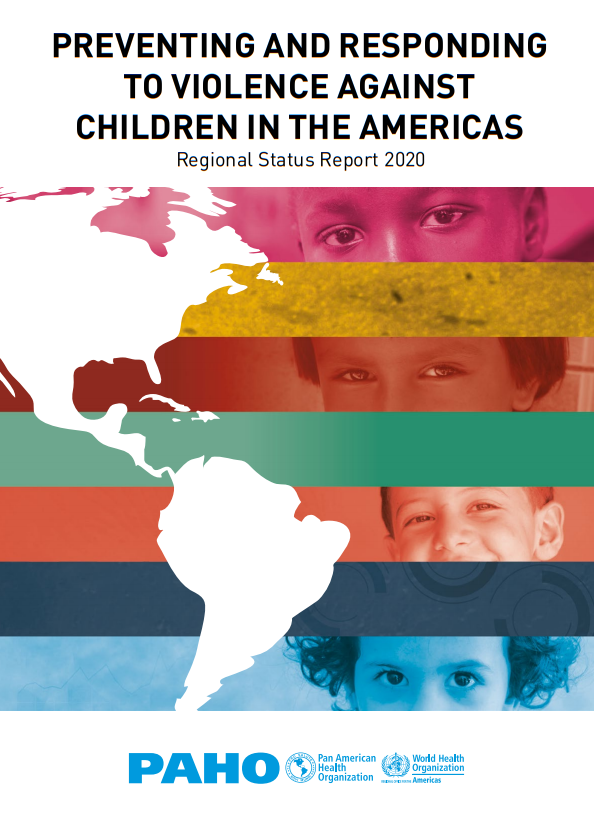All forms of physical, sexual and emotional violence, neglect, negligent treatment and exploitation of children are considered violence against children and youth.
Violence poses long-term consequences to children. This can include, injuries and ill-health across their lives, including mental health problems, or developing high-risk behaviors such as smoking, alcohol and other drug use problems, and unsafe sex.
This regional report finds that violence against children is widespread in the Region of the Americas in varying forms.
Types of violence faced by children in the region include child maltreatment, bullying and physical fighting among peers, sexual violence and dating violence, as well as assault associated with peer and gang violence.
The report presents evidence showing that alcohol increases the risk of both victimization and perpetration of violence.
- A recent study of emergency room data from 10 Latin American and Caribbean countries estimated that almost 33% of all intentional interpersonal violence related injuries were attributable to alcohol.
- Approximately 18% of deaths in the Americas due to firearm violence were associated with alcohol use in 2016.
- Global research (drawing mainly on US data) suggests that 48% of homicide victims and 48% of perpetrators had consumed alcohol prior to the crime.
- Alcohol problems can be a consequence of being exposed to violence in childhood.
Alcohol policy as catalyst for violence prevention and child protection
The report presents data showing that:
- Alcohol availability is a community risk factor and heavy alcohol use is an individual risk factor driving violence against children.
- Alcohol is a factor which cuts across all forms of violence and as such interventions can achieve sustainable results.
- The first strategy of INSPIRE – Implementations and enforcement of laws, includes laws that prevent alcohol harm.
- Action to prevent alcohol-related violence is highlighted as one of the 10 key priorities for policymakers and program managers in the context of the COVID-19 pandemic.
- Laws which reduce alcohol use such as increasing the price, establishing a minimum age for purchase, limiting times and days of sale, and reducing the density of outlets are an important violence prevention approach.
The report states that data from the Regional Status Report on Alcohol and Health in the Americas 2020 highlight the role of policy in preventing heavy alcohol use which is a major risk factor of violence. PAHO’s status report on alcohol highlights many gaps in alcohol policy-making in the Americas region. For example, regarding marketing regulations which are important to prevent alcohol initiation and consumption by minors, only two countries have a ban on at least one type of media and only two restrict all types of digital marketing.
The evidence in the report establishes that policy action on preventing alcohol harm must be given the priority it deserves as alcohol harm is a significant cross-cutting issue fueling violence against children and contributing the health burden overall.

